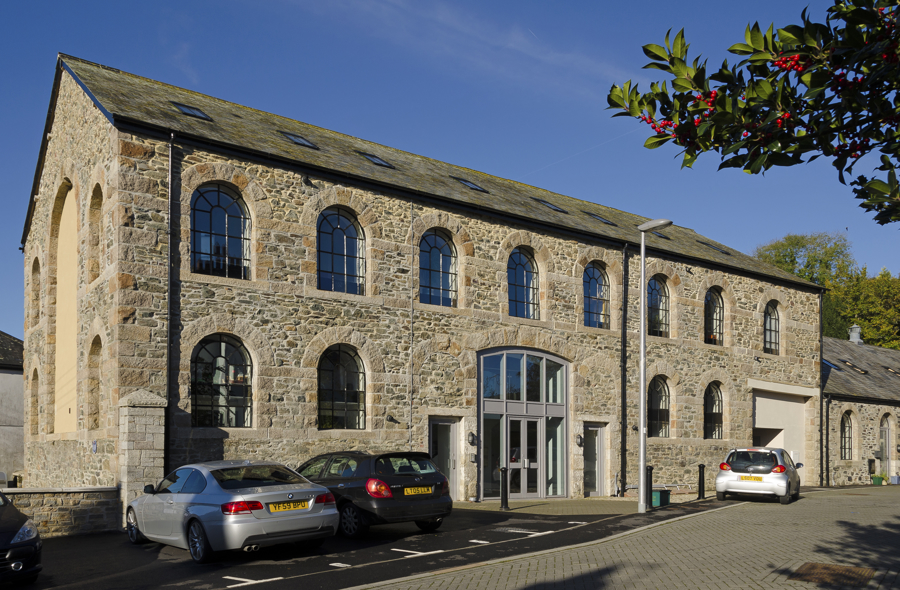Infrastructure to Support Mining
Isframweyth dhe skoodhya balweyth
Everywhere you go in Cornwall, there’s physical evidence of a region shaped by mining. Roads, railways, towns and harbours were all developed to support and expand this crucial industry.
Infrastructure to Support Mining
Explore this section
Engine Houses
One of the most iconic features of the Cornish landscape. There are over 300 engine house sites in Cornwall and west Devon, and approximately 200 within the WHS boundaries. As their name suggests they were built as houses for engines not people, so what purpose did they serve?
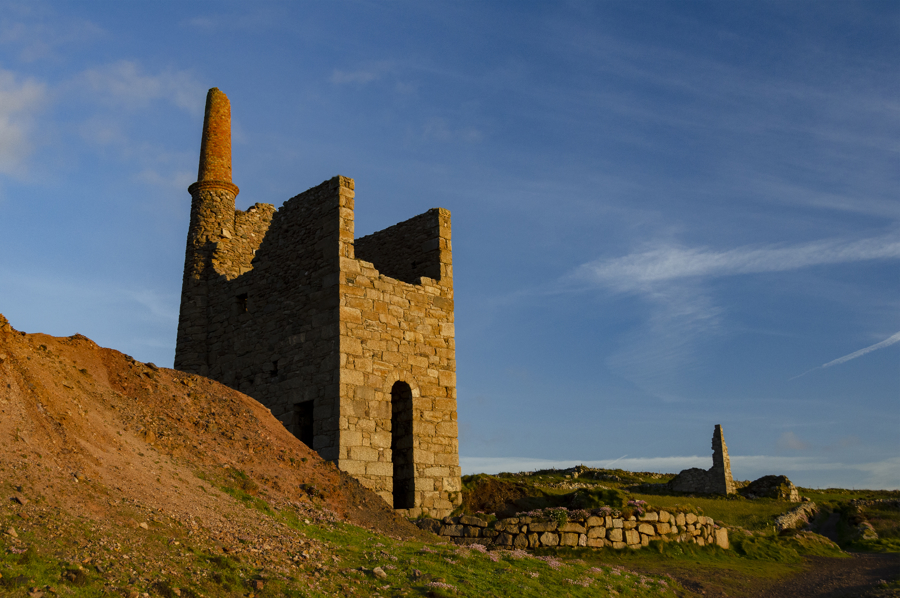
Mineral Tramways and Railways
Cornwall was once laced with a network of tramways and railways, used to bring coal to power the mine engines and take the ore away.
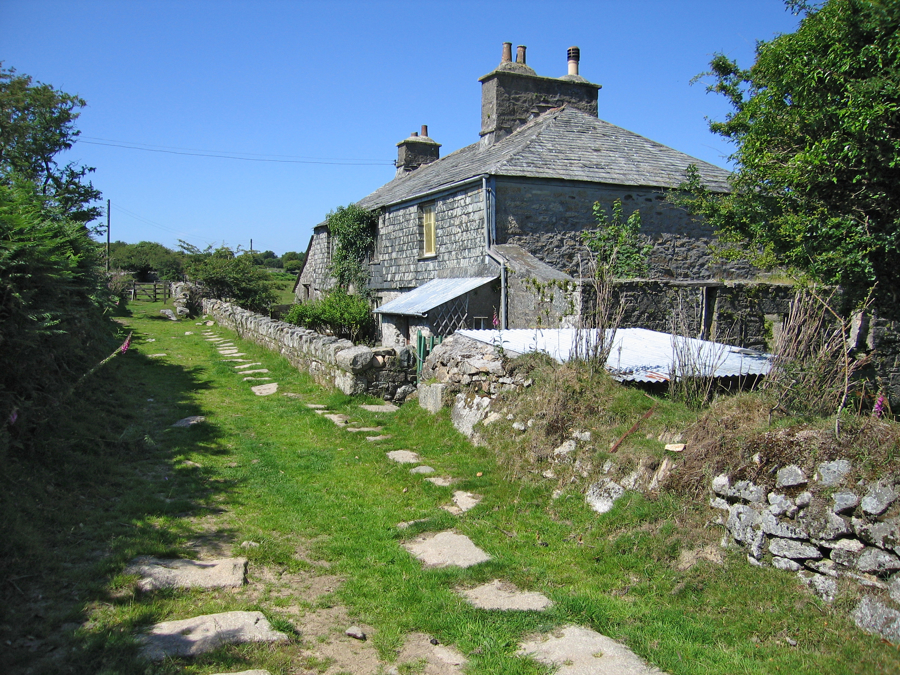
Mineral Ports and Quays
Sea transport was crucial to the Cornish mining industry. Proximity to the coast counterbalanced the industry’s geographically peripheral position in the far south-west of Britain, opening it up to the world.
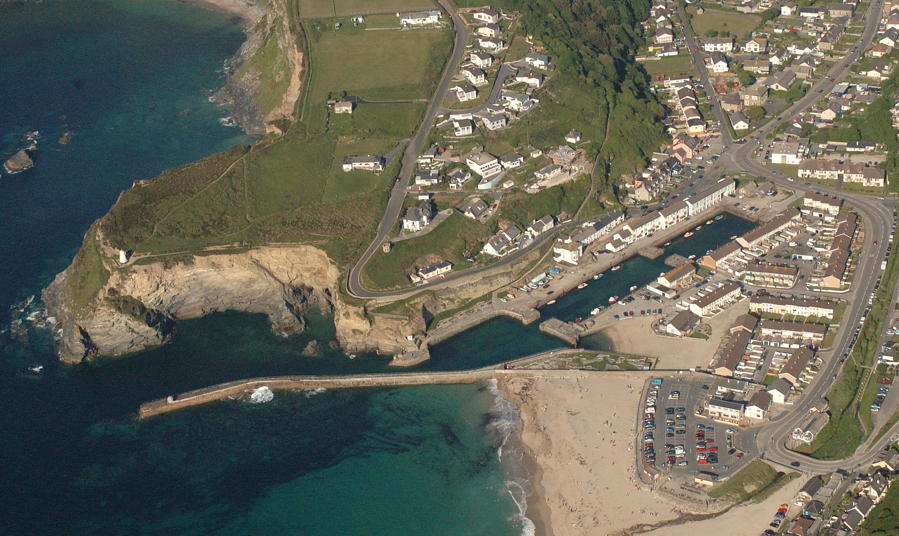
Bridges, Viaducts and Aqueducts
The expansion of the mining transport network meant dramatic changes had to be made for the landscape to be navigable. This led to the construction of some of the region’s most technically advanced bridge structures.
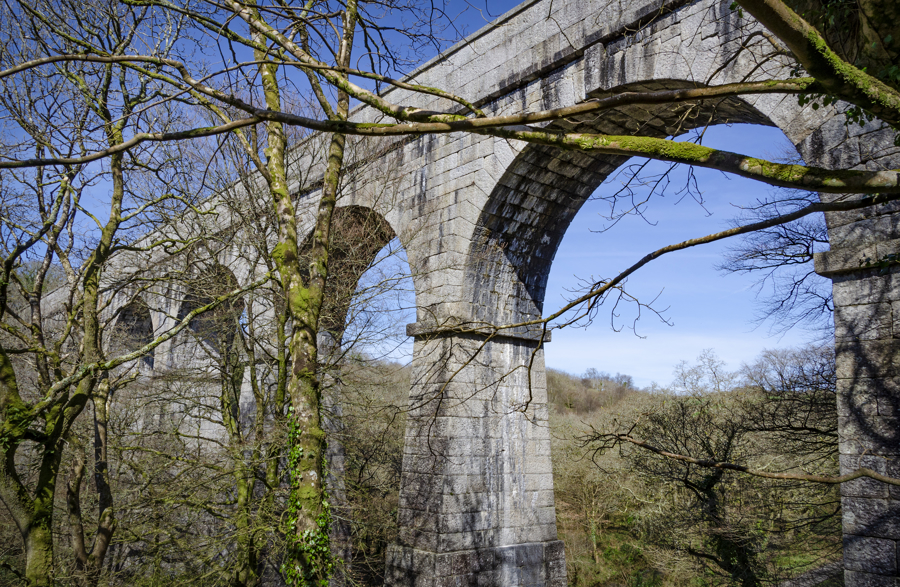
Industrial Settlements
Large scale industrial development in the mining industry created employment opportunities which boosted rapid population growth. Settlements sprang up in and around mining regions, where rows of terraced houses were built.
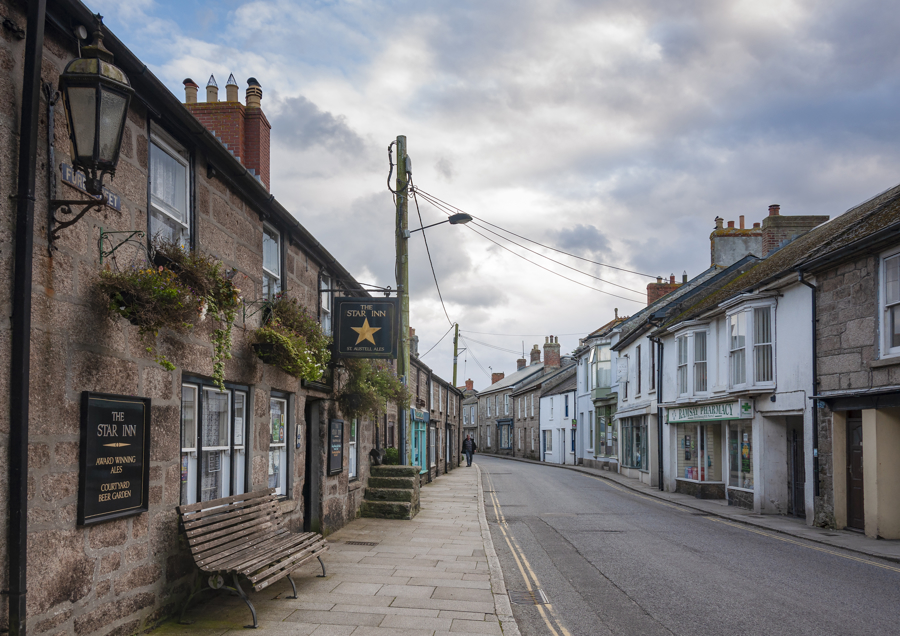
Public Buildings
Along with the rows of terraced cottages and engine houses that survive to this day, Cornwall and west Devon have a number of impressive public buildings that were built from the wealth that copper and tin production brought to the area in the 19th century.
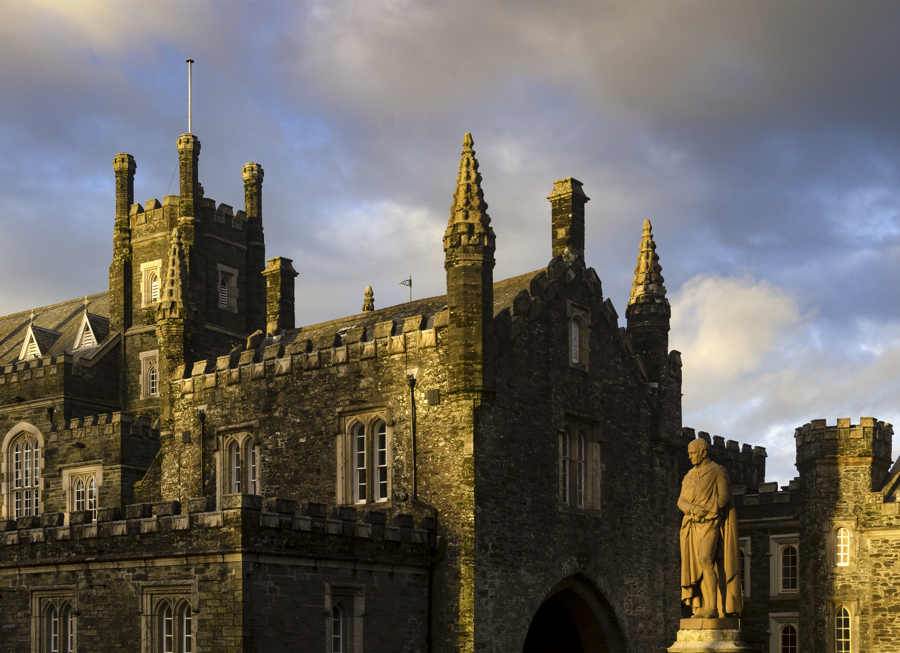
Associated Industries
The explosion in growth of the Cornwall and west Devon mining industries created a demand for a number of supporting industries to supply both the mines and its workforce, as well as processing its output.
